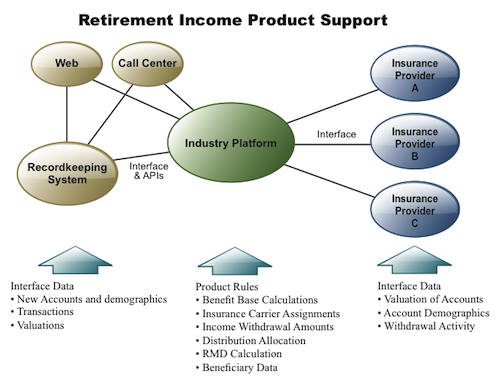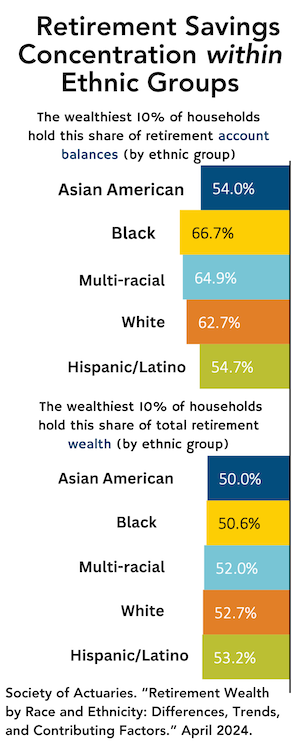Vanguard launches active emerging markets stock fund
Vanguard has introduced the Vanguard Emerging Markets Select Stock Fund, an actively managed equity fund that will employ four global advisory firms: M&G Investment Management Limited, Oaktree Capital Management, L.P., Pzena Investment Management, LLC, and Wellington Management Company, LLP. The two-week subscription period is expected to end on June 27, 2011.
Following the subscription period, fund assets will be allocated equally among the four investment advisors, which have different but complementary investment approaches, Vanguard said in a release.
“Vanguard Emerging Markets Select Stock Fund seeks to provide long-term capital appreciation by investing in equity securities of small-, mid-, and large-capitalization companies located in emerging markets,” the release said. The fund’s expense ratio is 95 basis points, compared to a Lipper average of 168 basis points for emerging market funds.
The fund, available to individual retail investors, has a $3,000 minimum initial investment. As it does with its other international stock funds, Vanguard will charge a 2% redemption fee on shares held less than 60 days to discourage short-term trading.
Some 44% ($748 billion) of Vanguard’s assets under management are in 73 actively managed funds, the company said. Fifteen of its 29 actively managed stock funds use a multi-manager approach.
Care for aging parents costs Americans $3 trillion: MetLife
Americans who take time off to care for aging parents are losing an estimated $3 trillion in wages, pension and Social Security benefits, according to “The MetLife Study of Caregiving Costs to Working Caregivers: Double Jeopardy for Baby Boomers Caring for Their Parents.”
The study, produced by the MetLife Mature Market Institute in conjunction with the National Alliance for Caregiving and the Center for Long Term Care Research and Policy at New York Medical College, reports that individually, average losses equal $324,044 for women and $283,716 for men. The percentage of adults providing care to a parent has tripled since 1994.
The researchers analyzed data from the National Health and Retirement Study (HRS) to determine the extent to which older adult children provide care to their parents. They also studied gender roles, the impact of caregiving on careers and the potential cost to the caregiver in lost wages and future retirement income.
“Nearly 10 million adult children over the age of 50 care for their aging parents,” said Sandra Timmermann, Ed.D., director of the MetLife Mature Market Institute. “Assessing the long-term financial impact of caregiving for aging parents on caregivers themselves, especially those who must curtail their working careers to do so, is especially important, since it can jeopardize their future financial security.”
The study found that:
- Adult children age 50+ who work and provide care to a parent are more likely than those who do not provide care, to report that their health is fair or poor.
- The percentage of adult children providing personal care and/or financial assistance to a parent has more than tripled over the past 15 years and currently represents a quarter of adult children, mainly Baby Boomers. Working and non-working adult children are almost equally likely to provide care to parents in need.
- Overall, caregiving sons and daughters provide comparable care in many respects, but daughters are more likely to provide basic care (i.e., help with dressing, feeding and bathing) and sons are more likely to provide financial assistance defined as providing $500 or more within the past two years. Twenty-eight percent of women provide basic care, compared with 17% of men.
- For women, the total individual amount of lost wages due to leaving the labor force early because of caregiving responsibilities equals $142,693. The estimated impact of caregiving on lost Social Security benefits is $131,351. A very conservative estimated impact on pensions is approximately $50,000. Thus, in total, the cost impact of caregiving on the individual female caregiver in terms of lost wages and Social Security benefits equals $324,044.
- For men, the total individual amount of lost wages due to leaving the labor force early because of caregiving responsibilities equals $89,107. The estimated impact of caregiving on lost Social Security benefits is $144,609. Adding in a conservative estimate of the impact on pensions at $50,000, the total impact equals $283,716 for men, or an average of $303,880 for male or female caregivers age 50+ who care for a parent.
Lincoln Financial Distributors names new head of Institutional Retirement Solutions Distribution
Jim Lyday has joined Lincoln Financial Distributors (LFD), the wholesale distribution subsidiary of Lincoln Financial Group as head of Institutional Retirement Solutions Distribution, the company announced. He will report to Will Fuller, president and CEO of LFD, and will be responsible for growing Lincoln’s Defined Contribution business in the full service mid-to-large employer retirement plan market.
Lyday has been a senior manager at Prudential Financial and in the defined contribution businesses at The Principal Financial Group.
eRollover launches marketing and lead-generation program for financial advisors
eRollover, which hosts a website focused on retirement planning, has launched eRollover for Advisors, an online marketing solution aimed at helping financial advisors grow their practices.
Peter Velardi, eRollover’s president and COO, said eRollover for Advisors addresses such issues as client acquisition and internet marketing/ social media. It also aggregates resources for financial advisors.
For a monthly fee, advisors can “connect with members from eRollover’s growing consumer community who are seeking access to advice to manage their rollover and planning needs. They will also have the ability to receive additional qualified leads from eRollover properties around the web, and will soon access a webinar system to reach interested consumers directly online,” the company said in a release.
Mr. Velardi said eRollover is offering “an opt-in listing of advisors, not a list scraped off of the internet. In addition to the consumer match feature, eRollover for Advisors provides “a means for advisors to learn how to market to consumers utilizing an array of proprietary social media training resources, including cheatsheets, webcasts, and the possibility for them to connect with experienced specialists to utilize social media to supplement their practice.”






